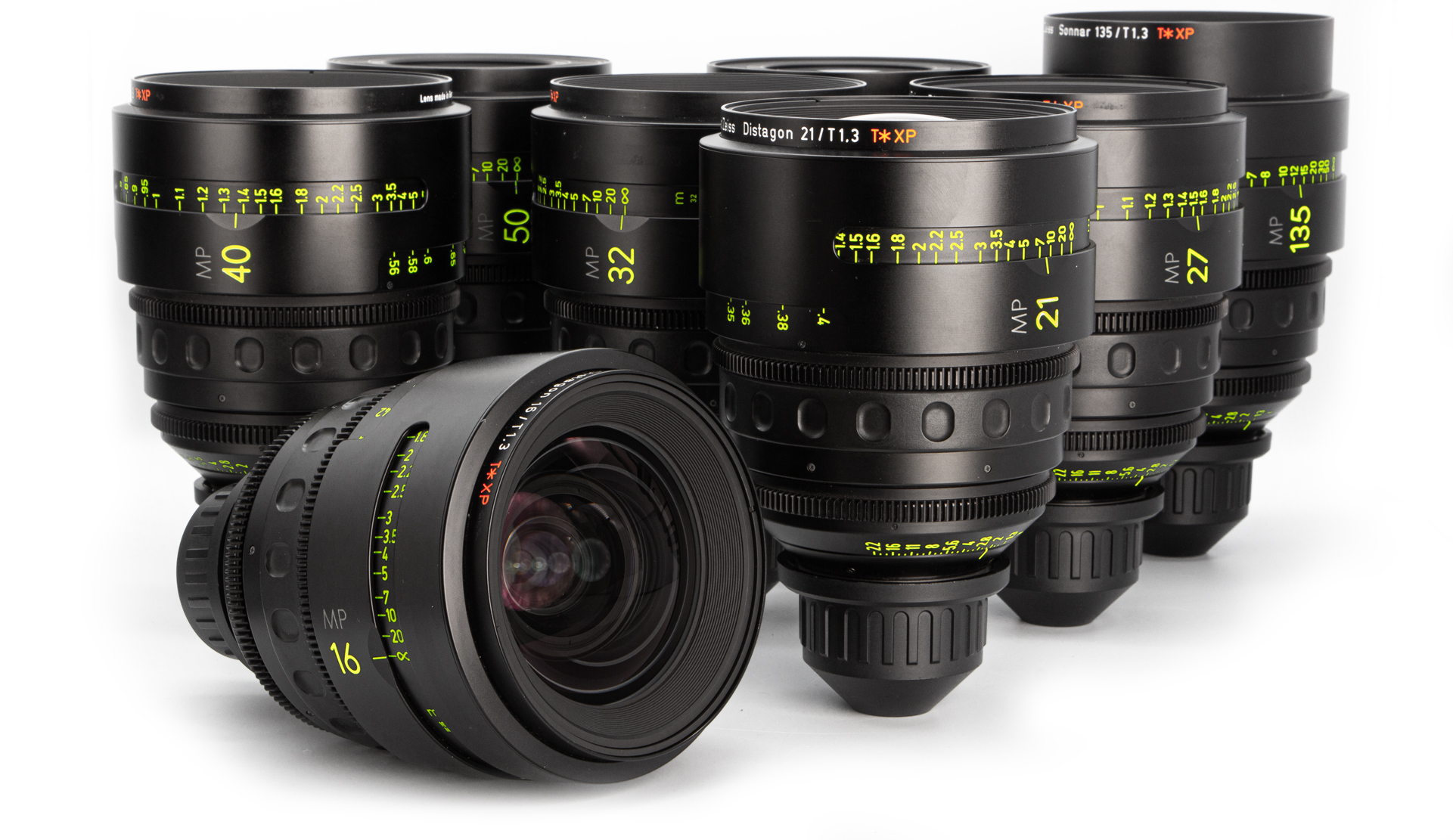ARRI Master Prime







TecH Specs
| Lens | T | CF | ø | Weight | Sensor | Mount |
|---|---|---|---|---|---|---|
| 16mm | 1.3 | 35cm | 114 | 2,2kg | S35 | PL |
| 21mm | 1.3 | 35cm | 114 | 2,4kg | S35 | PL |
| 27mm | 1.3 | 35cm | 114 | 2,2kg | S35 | PL |
| 32mm | 1.3 | 35cm | 114 | 2,2kg | S35 | PL |
| 40mm | 1.3 | 40cm | 114 | 2,3kg | S35 | PL |
| 50mm | 1.3 | 50cm | 114 | 2,7kg | S35 | PL |
| 75mm | 1.3 | 80cm | 114 | 2,8kg | S35 | PL |
| 135mm | 1.3 | 95cm | 114 | 2,8kg | S35 | PL |
In 2005, ARRI/Zeiss took things up a notch by introducing the Academy Award-winning Master Prime lenses. These lenses were game-changers, renowned for their exceptional speed with a consistent T1.3 aperture throughout the entire lineup. Notably, even their 12mm lens achieved this remarkable feat of engineering. And in 2013, they expanded their offerings with the Master Prime line of anamorphic lenses.
When it comes to image quality, the Master Prime line excels in delivering clean, distortion-free shots with impressive resolution. These lenses are often found on high-performance sets where image quality takes top priority.
A standout feature of the Master and Ultra Prime lines is their virtually zero distortion, even at their widest focal lengths, such as the challenging 12mm. Crafting lenses that maintain this level of quality and eliminate distortion at such wide angles is no small feat. Cinematographer Emmanuel Lubezki had high praise for the Master Prime lenses, citing their exceptional performance while shooting The Revenant.


